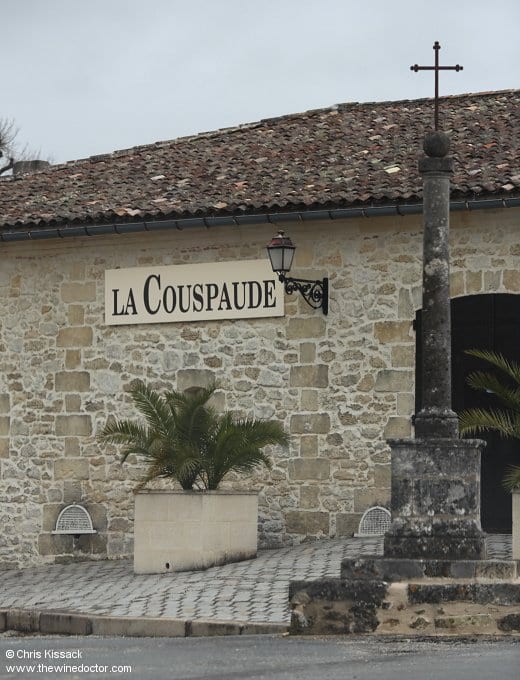Château La Couspaude
The history of Château La Couspaude stretches back at least to the Middle Ages, when it was known as La Croix Paute, a reference to the cross (pictured) that sits at the centre of the junction at one corner of the property. This cross once served as a meeting point for pilgrims making their way through St Emilion, as they headed towards Santiago de Compostela in order to pay homage to St James, who is said to be buried in the town’s cathedral. La Croix Paute seems like an obvious antecedent to La Couspaude, although the named has mutated somewhat over the years. For much of the 19th century the estate was known as Château La Gouspaude, before ultimately the modern spelling emerged.
Origins
Although this particular corner of St Emilion has a history that can be traced back to at least the 12th century, it seems sensible to begin the story of Château La Couspaude in the 18th century. It was at this time, in 1739 to be precise, that we have the first definitive evidence that there were vines planted at La Croix Paute, as described in documents associated with the sale of the property.

